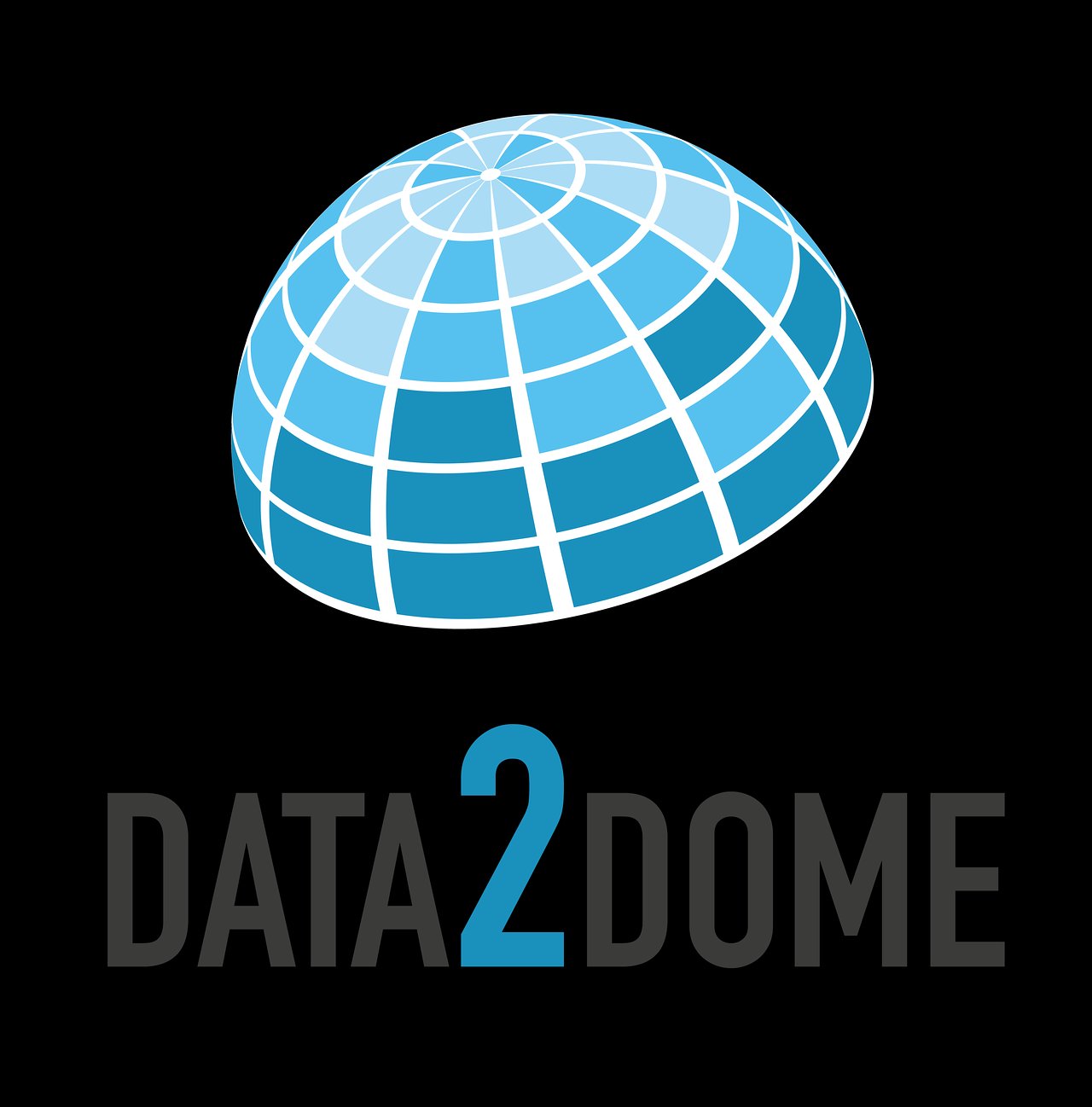|
OMA DM
OMA Device Management is a device management protocol specified by the Open Mobile Alliance (OMA) Device Management (DM) Working Group and the Data Synchronization (DS) Working Group. The current approved specification of OMA DM is version 1.2.1, the latest modifications to this version released in June 2008. The candidate release 2.0 was scheduled to be finalized in September 2013. Overview OMA DM specification is designed for management of mobile devices such as mobile phones, PDAs, and tablet computers. Device management is intended to support the following uses: * Provisioning – Configuration of the device (including first time use), enabling and disabling features * Device Configuration – Allow changes to settings and parameters of the device * Software Upgrades – Provide for new software and/or bug fixes to be loaded on the device, including applications and system software * Fault Management – Report errors from the device, query about status of device All of the ... [...More Info...] [...Related Items...] OR: [Wikipedia] [Google] [Baidu] |
Device Management
Mobile device management (MDM) is the administration of mobile devices, such as smartphones, tablet computers, and laptops. MDM is usually implemented with the use of a third-party product that has management features for particular vendors of mobile devices. Though closely related to Enterprise Mobility Management and Unified Endpoint Management, MDM differs slightly from both: unlike MDM, EMM includes mobile information management, BYOD, mobile application management and mobile content management, whereas UEM provides device management for endpoints like desktops, printers, IoT devices, and wearables. Overview MDM is typically a deployment of a combination of on-device applications and configurations, corporate policies and certificates, and backend infrastructure, for the purpose of simplifying and enhancing the IT management of end user devices. In modern corporate IT environments, the sheer number and diversity of managed devices (and user behavior) has motivated MDM ... [...More Info...] [...Related Items...] OR: [Wikipedia] [Google] [Baidu] |
Bluetooth
Bluetooth is a short-range wireless technology standard that is used for exchanging data between fixed and mobile devices over short distances and building personal area networks (PANs). In the most widely used mode, transmission power is limited to 2.5 milliwatts, giving it a very short range of up to . It employs Ultra high frequency, UHF radio waves in the ISM bands, from 2.402GHz to 2.48GHz. It is mainly used as an alternative to wired connections to exchange files between nearby portable devices and connect cell phones and music players with wireless headphones, wireless speakers, HIFI systems, car audio and wireless transmission between TVs and soundbars. Bluetooth is managed by the Bluetooth Special Interest Group (SIG), which has more than 35,000 member companies in the areas of telecommunication, computing, networking, and consumer electronics. The Institute of Electrical and Electronics Engineers, IEEE standardized Bluetooth as IEEE 802.15.1 but no longer maintains ... [...More Info...] [...Related Items...] OR: [Wikipedia] [Google] [Baidu] |
Computer Hardware Standards
A computer is a machine that can be programmed to automatically carry out sequences of arithmetic or logical operations (''computation''). Modern digital electronic computers can perform generic sets of operations known as ''programs'', which enable computers to perform a wide range of tasks. The term computer system may refer to a nominally complete computer that includes the hardware, operating system, software, and peripheral equipment needed and used for full operation; or to a group of computers that are linked and function together, such as a computer network or computer cluster. A broad range of industrial and consumer products use computers as control systems, including simple special-purpose devices like microwave ovens and remote controls, and factory devices like industrial robots. Computers are at the core of general-purpose devices such as personal computers and mobile devices such as smartphones. Computers power the Internet, which links billions of compute ... [...More Info...] [...Related Items...] OR: [Wikipedia] [Google] [Baidu] |
Open Standards
An open standard is a standard that is openly accessible and usable by anyone. It is also a common prerequisite that open standards use an open license that provides for extensibility. Typically, anybody can participate in their development due to their inherently open nature. There is no single definition, and interpretations vary with usage. Examples of open standards include the GSM, 4G, and 5G standards that allow most modern mobile phones to work world-wide. Definitions The terms ''open'' and ''standard'' have a wide range of meanings associated with their usage. There are a number of definitions of open standards which emphasize different aspects of openness, including the openness of the resulting specification, the openness of the drafting process, and the ownership of rights in the standard. The term "standard" is sometimes restricted to technologies approved by formalized committees that are open to participation by all interested parties and operate on a consensus bas ... [...More Info...] [...Related Items...] OR: [Wikipedia] [Google] [Baidu] |
Open Mobile Alliance Standards
Open or OPEN may refer to: Music * Open (band), Australian pop/rock band * The Open (band) The Open were an English five-piece indie rock band who were signed to Loog Records. Their sound was heavily influenced by Talk Talk (particularly their '' Spirit of Eden'' album), Cocteau Twins, and early U2, as well as latterly incorpor ..., English indie rock band * ''Open'' (Blues Image album), 1969 * ''Open'' (Gerd Dudek, Buschi Niebergall, and Edward Vesala album), 1979 * ''Open'' (Gotthard album), 1999 * Open (Cowboy Junkies album), ''Open'' (Cowboy Junkies album), 2001 * Open (YFriday album), ''Open'' (YFriday album), 2001 * Open (Shaznay Lewis album), ''Open'' (Shaznay Lewis album), 2004 * Open (Jon Anderson EP), ''Open'' (Jon Anderson EP), 2011 * Open (Stick Men album), ''Open'' (Stick Men album), 2012 * Open (The Necks album), ''Open'' (The Necks album), 2013 * Open (Kwon Eun-bi EP), 2021 * ''Open'', a 1967 album by Julie Driscoll, Brian Auger and the Trinity * ''Ope ... [...More Info...] [...Related Items...] OR: [Wikipedia] [Google] [Baidu] |
Mobile Device Management
Mobile device management (MDM) is the administration of mobile devices, such as smartphones, tablet computers, and laptops. MDM is usually implemented with the use of a third-party product that has management features for particular vendors of mobile devices. Though closely related to Enterprise Mobility Management and Unified Endpoint Management, MDM differs slightly from both: unlike MDM, EMM includes mobile information management, BYOD, mobile application management and mobile content management, whereas UEM provides device management for endpoints like desktops, printers, IoT devices, and wearables. Overview MDM is typically a deployment of a combination of on-device applications and configurations, corporate policies and certificates, and backend infrastructure, for the purpose of simplifying and enhancing the IT management of end user devices. In modern corporate IT environments, the sheer number and diversity of managed devices (and user behavior) has motivated MDM ... [...More Info...] [...Related Items...] OR: [Wikipedia] [Google] [Baidu] |
Wap Push
Wireless Application Protocol (WAP) is an obsolete technical standard for accessing information over a Cellular network, mobile cellular network. Introduced in 1999, WAP allowed users with compatible mobile devices to browse content such as news, weather and sports scores provided by mobile network operators, specially designed for the limited capabilities of a mobile device. The Japanese i-mode system offered a competing wireless data standard. Before the introduction of WAP, mobile service providers had limited opportunities to offer interactive data services, but needed interactivity to support Internet and WWW, Web applications. Although hyped at launch, WAP suffered from criticism. However the introduction of GPRS networks, offering a faster speed, led to an improvement in the WAP experience. WAP content was accessed using a ''WAP browser'', which is like a standard web browser but designed for reading pages specific for WAP, instead of HTML. By the 2010s it had been largel ... [...More Info...] [...Related Items...] OR: [Wikipedia] [Google] [Baidu] |
OBEX
The obex () is the point in the human brain at which the fourth ventricle narrows to become the central canal of the spinal cord. Cerebrospinal fluid can flow from the fourth ventricle into the obex. In anatomical studies, the obex has been found to occur approximately 10–12 mm above the level of the foramen magnum. In patients with low tonsillar position, the obex has been found at or below the plane of the foramen magnum. The obex occurs in the caudal medulla. The decussation of sensory fibers happens at this point. Clinical significance Lesions at the location can result in obstructive hydrocephalus. The most common lesion at this location is a subependymoma, a benign tumor. Hemangioblastoma has been observed in this location. Detection of prions Immunohistochemistry (IHC) to test brain, lymph, and neuroendocrine tissues for the presence of the abnormal prion protein to diagnose wasting diseases like chronic wasting disease in deer A deer (: deer) or ... [...More Info...] [...Related Items...] OR: [Wikipedia] [Google] [Baidu] |
HTTP
HTTP (Hypertext Transfer Protocol) is an application layer protocol in the Internet protocol suite model for distributed, collaborative, hypermedia information systems. HTTP is the foundation of data communication for the World Wide Web, where hypertext documents include hyperlinks to other resources that the user can easily access, for example by a Computer mouse, mouse click or by tapping the screen in a web browser. Development of HTTP was initiated by Tim Berners-Lee at CERN in 1989 and summarized in a simple document describing the behavior of a client and a server using the first HTTP version, named 0.9. That version was subsequently developed, eventually becoming the public 1.0. Development of early HTTP Requests for Comments (RFCs) started a few years later in a coordinated effort by the Internet Engineering Task Force (IETF) and the World Wide Web Consortium (W3C), with work later moving to the IETF. HTTP/1 was finalized and fully documented (as version 1.0) in 1996 ... [...More Info...] [...Related Items...] OR: [Wikipedia] [Google] [Baidu] |
Wireless Application Protocol
Wireless Application Protocol (WAP) is an obsolete technical standard for accessing information over a mobile cellular network. Introduced in 1999, WAP allowed users with compatible mobile devices to browse content such as news, weather and sports scores provided by mobile network operators, specially designed for the limited capabilities of a mobile device. The Japanese i-mode system offered a competing wireless data standard. Before the introduction of WAP, mobile service providers had limited opportunities to offer interactive data services, but needed interactivity to support Internet and Web applications. Although hyped at launch, WAP suffered from criticism. However the introduction of GPRS networks, offering a faster speed, led to an improvement in the WAP experience. WAP content was accessed using a ''WAP browser'', which is like a standard web browser but designed for reading pages specific for WAP, instead of HTML. By the 2010s it had been largely superseded by mor ... [...More Info...] [...Related Items...] OR: [Wikipedia] [Google] [Baidu] |
Wireless Session Protocol
Wireless Session Protocol (WSP) is an open standard - Open Mobile Alliance web site for maintaining high-level wireless sessions. The protocol is involved from the second that the user connects to one URL and ends when the user leaves that URL. The session-wide properties are defined once at the beginning of the session, saving bandwidth over continuous monitoring. The session-establishing process does not have long connection algorithms. WSP is based on HTTP 1.1 with few enhancements. WSP provides the upper-level |



